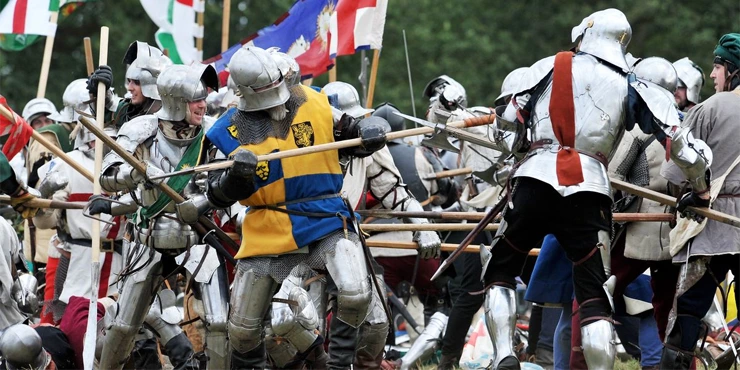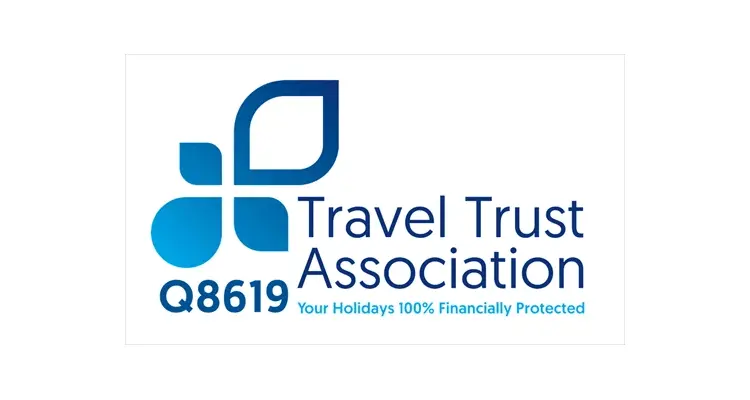Day 1: St Albans, Fotheringhay, and Losecoat Field
Our first location is St Albans where two battles of the War of the Roses took place: the First Battle of St Albans on 22 May 1455 and the Second Battle of St Albans on 17 February 1461
The First Battle of St Albans traditionally marks the beginning of the Wars of the Roses. Richard, Duke of York, and his allies, the Neville earls of Salisbury and Warwick, defeated a royal army commanded by Edmund Beaufort, Duke of Somerset and this was, politically, a complete victory; King Henry VI was captured, and Richard restored himself to power. The Duke of Somerset and Henry Percy, Earl of Northumberland and Lord Clifford, the Nevilles’ northern rivals, all fell during the rout and the sudden attack by the 26-year-old Earl of Warwick. This began his famous military career and would lead to his reputation as “the Kingmaker”.
The Second Battle of St Albans took place when the Yorkist army under the Earl of Warwick attempted to bar the road to London north of the town. The Lancastrian army took Warwick by surprise by outflanking and cutting him off from London and driving his army from the field. They also released King Henry VI, who had been Warwick’s prisoner but failed to take advantage of their victory.
From St Albans, we head north to Fotheringhay, the birthplace of Richard III and the location of his father’s, Richard of York, and brother Edmund’s graves. Here we visit the remains of the castle and the Church of St Mary and All Saints.
From Fotheringhay Castle we continue our journey northwards to Losecoat Field, to the northwest of Stamford, where King Edward IV defeated the poorly organised Welles Uprising on 12 March 1470. It was this battle that led to the defection of the Earl of Warwick and Edward’s brother George, the Duke of Clarence, to the Lancastrian cause.
With our tour of Losecoat Field, we head north on the A1 to check into our hotel. Dinner this evening can be purchased in our tour hotel or the local area, as you prefer.


